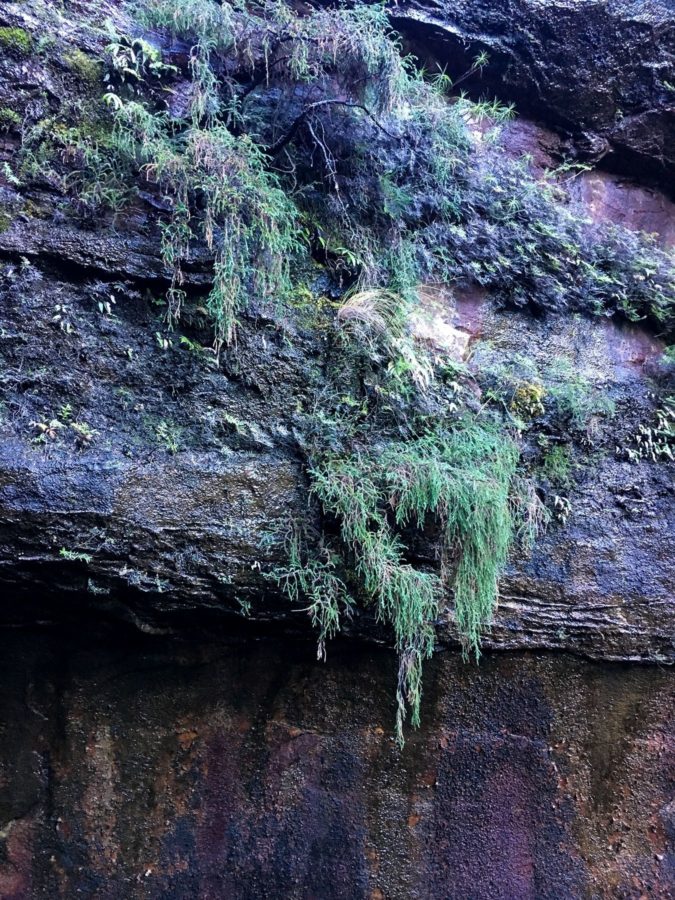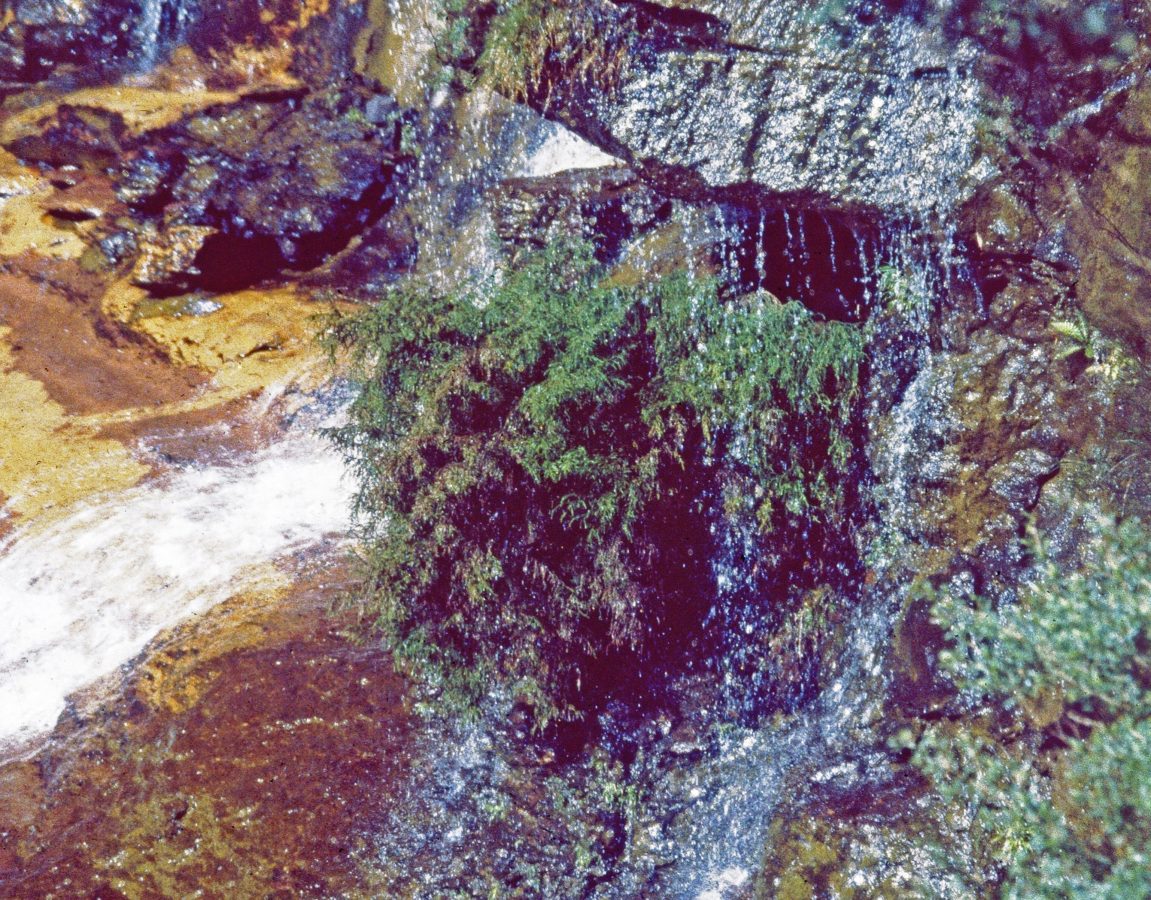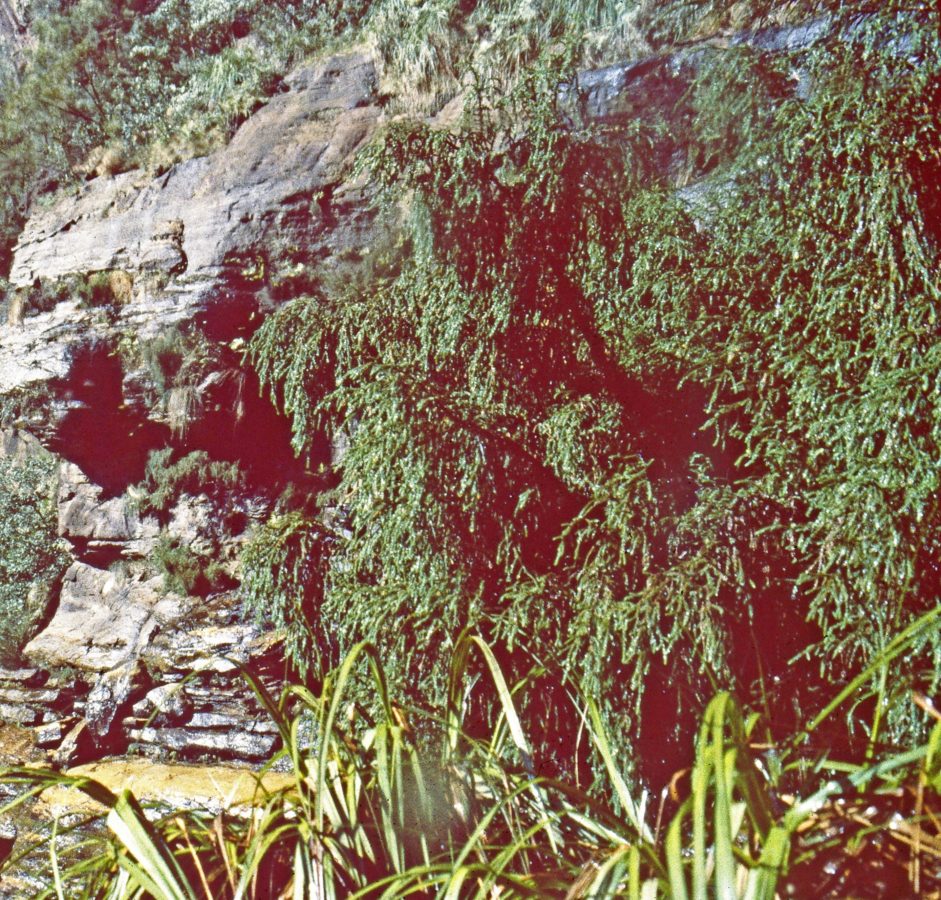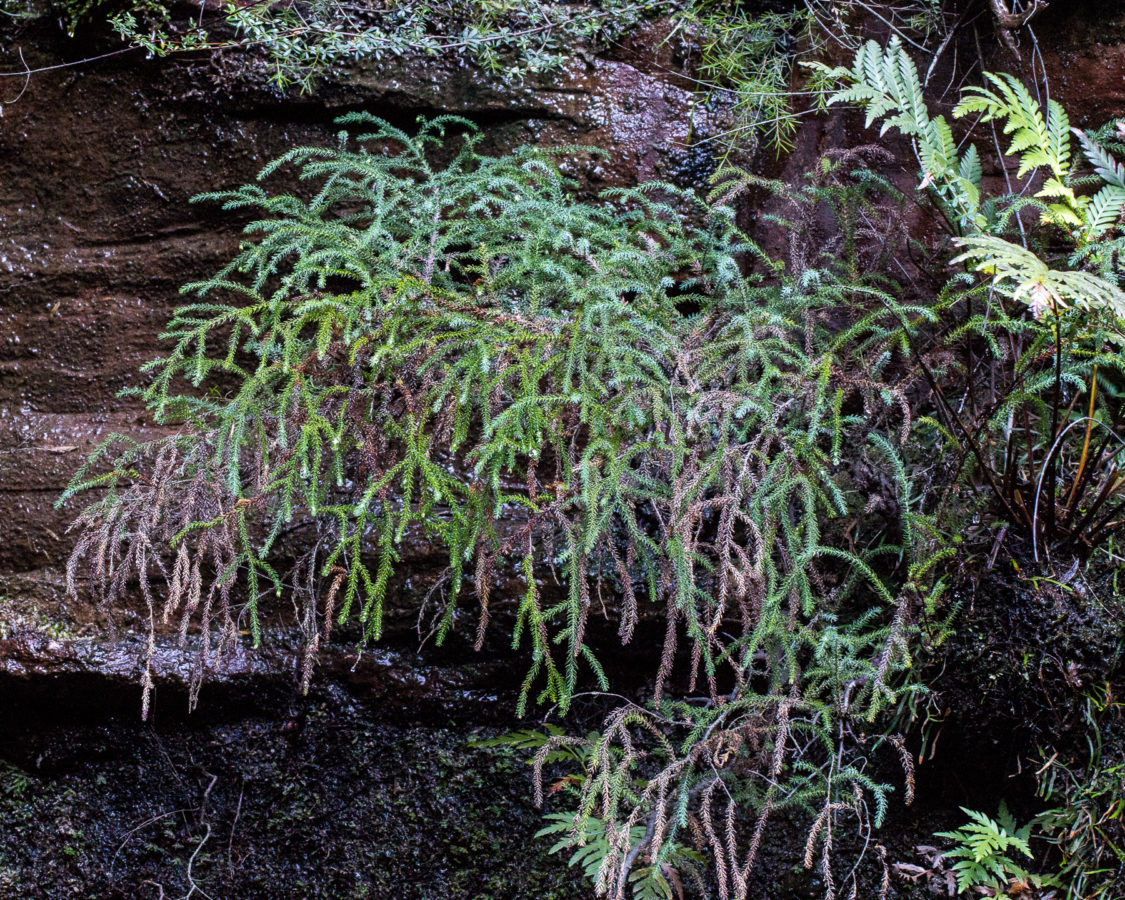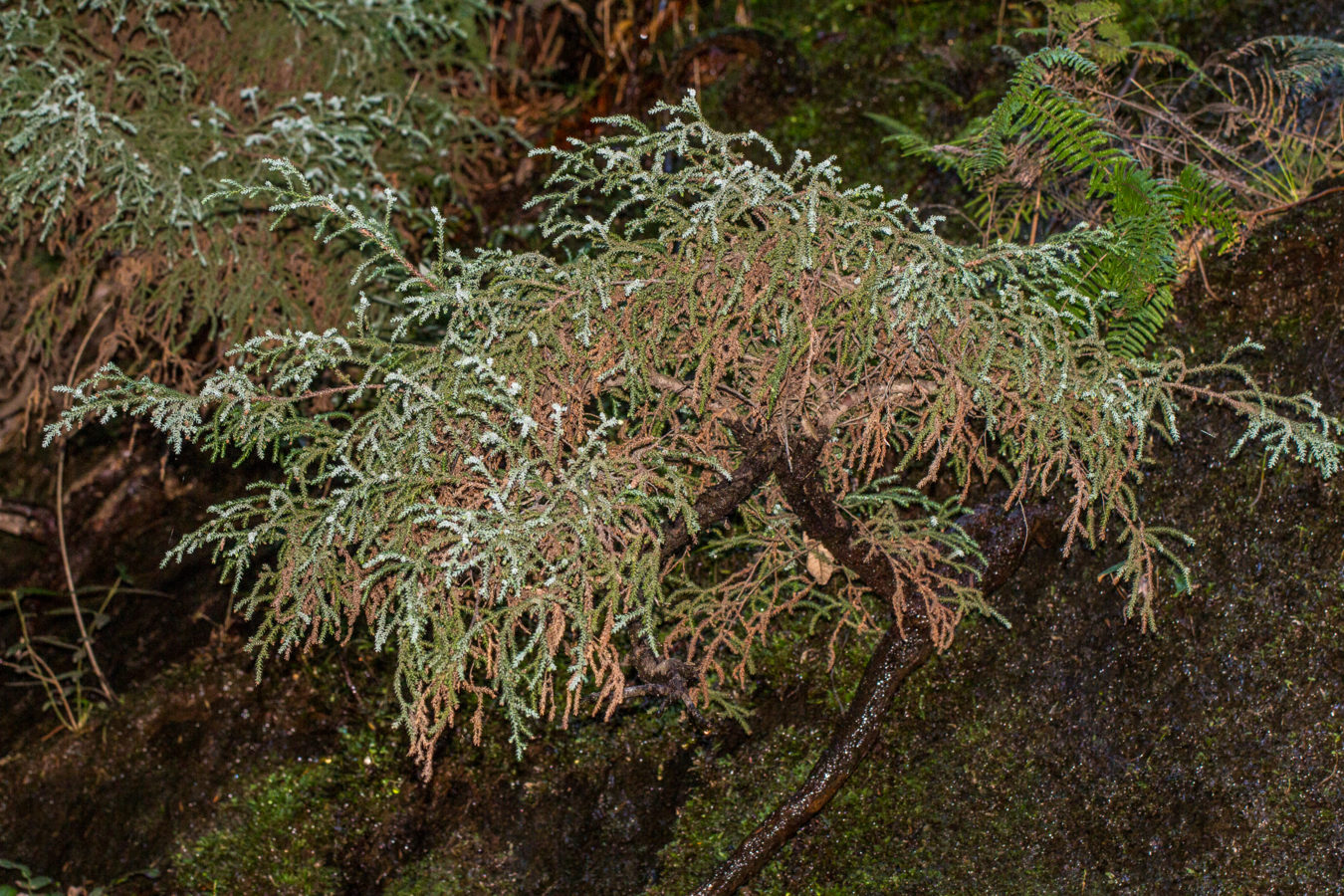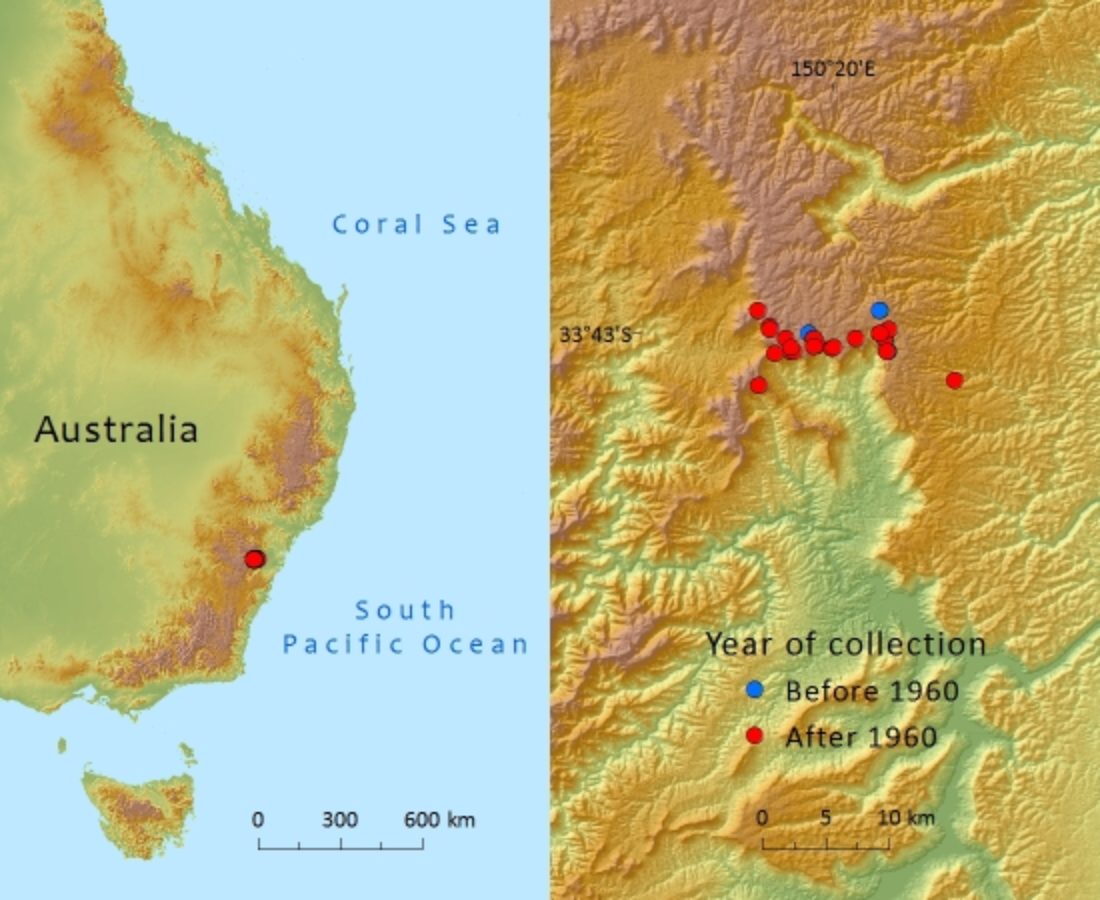Podocarpaceae
Pherosphaera fitzgeraldii
Native to a very small area in the Blue Mountains of Australia where threats include pollution, invasive plants species and extreme fire events
References and further reading
- Briggs, J.D. & Leigh, J.H. (1988). Rare or threatened Australian plants. CSIRO Publications, Melbourne, Australia.
- Brummitt, R.K., Mill, R.R. & Farjon, A. (2004). The significance of ‘it' in the nomenclature of three Tasmanian conifers: Microcachrys tetragona and Microstrobos niphophilus (Podocarpaceae), and Diselma archeri (Cupressaceae). Taxon 53(2): 529–539.
- Jones, W. (1994). The biology and management of the Dwarf Mountain Pine (Microstrobos fitzgeraldii) in NSW. Species Management Report No. 13. New South Wales National Parks and Wildlife Service, Sydney.
- Leigh, J.H. & Briggs, J.D. (1992). Threatened Australian plants. Australian National Parks and Wildlife Service.
- Smith, J. (1981). The distribution and conservation status of a rare conifer Microstrobos fitzgeraldii. Cunninghamia 1(1): 125–128.
- Thomas, P. 2013. Pherosphaera fitzgeraldii. The IUCN Red List of Threatened Species. Version 2015.2. <www.iucnredlist.org>. Downloaded on 07 September 2015
- Turton, M. & Mellick, D. (2001). The problematical protection of Dwarf Mountain Pine (Microstrobos fitzgeraldii) — living in a World Heritage Area. Ecological Management & Restoration 2(2): 149–150.
